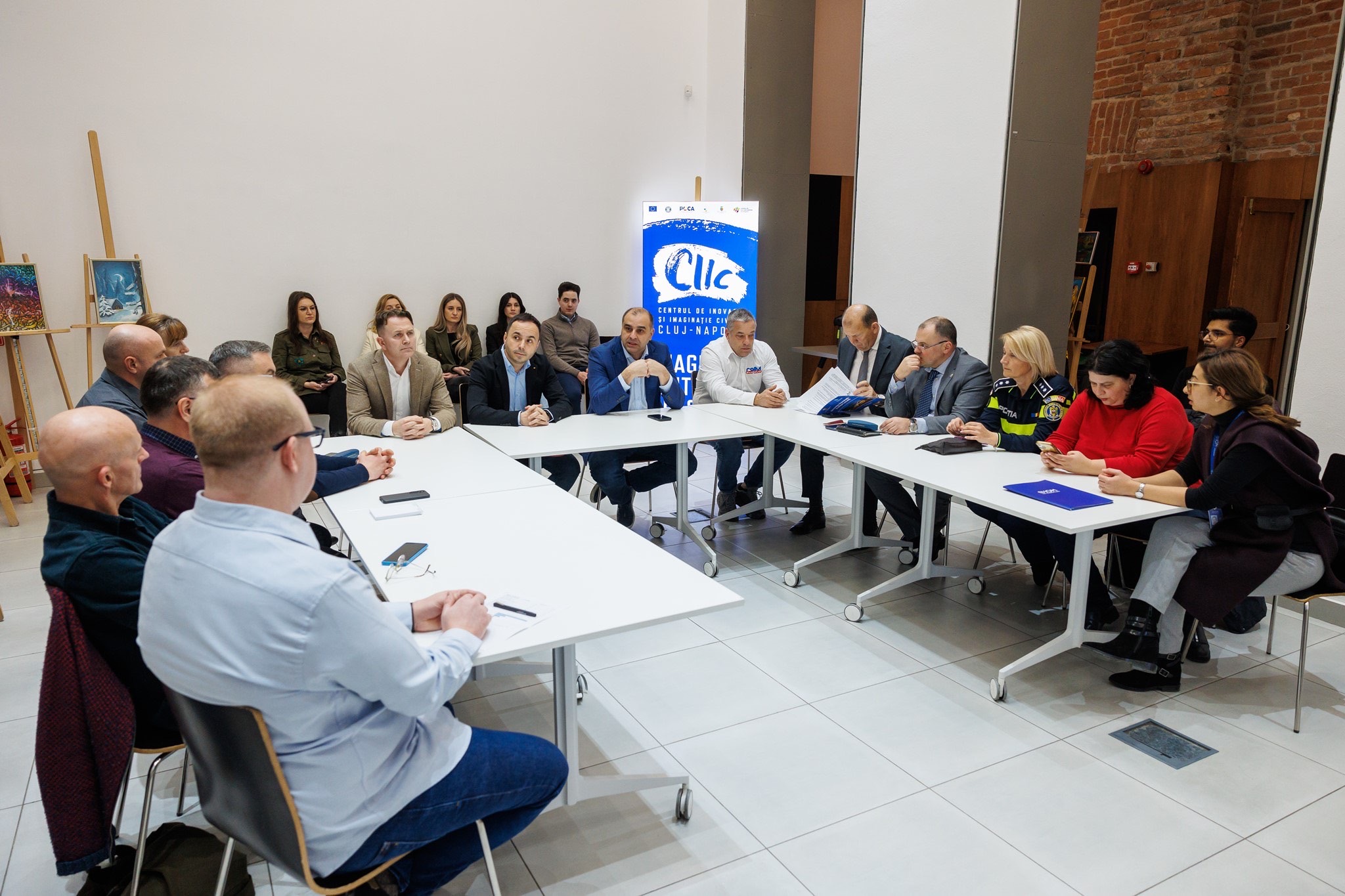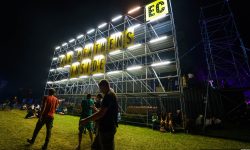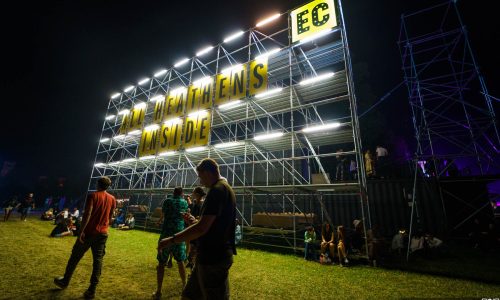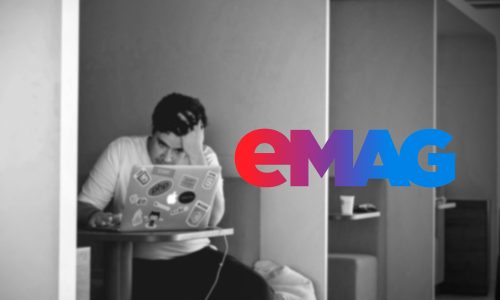On 1 October 2025, a 12-year-old boy was struck with full force by a red Ford Mustang while walking on the pavement along Strada Avram Iancu in central Cluj. He is now in intensive care with severe head, chest and abdominal injuries, following emergency surgery. Witnesses said the impact was so violent that his shoes were thrown metres from the scene. The driver, a 34-year-old man from Bistrița-Năsăud, tested negative for alcohol but reportedly lost control of the car and crossed into pedestrian space in broad daylight in the centre of the city.
In response, Mayor Boc said, “I was deeply affected by the accident in the centre of Cluj. It is shocking that a child who was calmly coming home from school, together with his mother, was hit on the sidewalk by a car driven by a young driver. I asked about his health and I received news that there are chances that he will recover“. However, these word mean absolutely nothing without action. The worst part is, thi is the latest in a string of collisions that should leave no doubt: pedestrians in Cluj-Napoca are unsafe, and the administration has not acted on years of warnings.
A month of accidents
The Mustang case follows a series of incidents that took place just days earlier. On 22 September, a driver ran a red light on Calea Florești and hit a man crossing legally at the zebra. The very next morning, another pedestrian was struck at a crossing on Strada Avram Iancu, near Universității. Two pedestrians hit on zebra crossings in less than 24 hours.
Go back a little further, and the pattern continues. In August, a utility van lost control on Calea Turzii and collided with another car, leaving three people injured. Over the summer, a car drove straight across the pedestrianised section of Piața Unirii, weaving past people before re-joining the road. The driver received a fine of 3,000 lei — a modest sum for such a blatant act of recklessness.
For anyone living in Cluj, these stories are depressingly familiar. Cars mount pavements to skip traffic, motorcyclists cut across zebra crossings, loud modified cars turn the centre into a racetrack late at night. These are not occasional lapses. They are part of the everyday experience of this city.
Evidence exists… and it is ignored
Over the past two years, as a citizen of Cluj-Napoca for over 10 years, I have repeatedly documented these violations myself. I have filmed motorcyclists riding across zebra crossings, driving down cycle lanes and using pavements as shortcuts. I have photographed cars blocking pedestrian access, skipping red lights, making illegal turns, or generally driving dangerously in heavily populated areas.
Vice Mayor Dan Tarcea personally asked for such evidence to be sent to him. I obliged. I have now sent dozens of messages with videos, photographs, times and locations. Not one has received a reply since February 13th 2025.
Three days before the Mustang crash I sent yet another message to both Tarcea and Mayor Emil Boc, pointing out that the same problems remain visible and that there is no sense of change. That message, like all the others, was ignored.
I explained in that message that I would prefer to use the ESAR platform (Evidența Sesizărilor și a Anunțurilor de Reparații), a digital system for reporting infrastructure and safety problems. But as a non-Romanian citizen I cannot access it. This is why I send the evidence directly to the Vice Mayor, but again, not even as much as an acknowledgement. The tone here has changed over the last year or so, previously, encouraged to engaged and report issues but now it seems that ignorance, unless published in media where the issue cannot be ignored, just like the 3,000 lei fine mentioned above.
So the situation is clear. The city asks for evidence. Citizens provide it. Nothing seems to change.
A reactive, not preventive culture
When violations go viral, when thousands of people share a clip online, then, and only then, does something happen. The driver who cut across Piața Unirii was fined once the footage exploded on social media. The authorities “self-activated” in that case.
But what about the day-to-day violations that never reach that level of attention? The motorcyclists filmed above, using the cycle path, driving alongside pedestrians on the zebra and driving in the opposite direction to traffic via the sidewalk?. The cars racing through the centre at 2am? The vehicles modified to create as much noise as possible. These go on unchecked despite being an hourly occurrence.
This is reactive governance, not preventive governance. It is safety by luck and outrage, not by design.
The human cost
The cost of inaction is borne by the most vulnerable. Children, pedestrians, cyclists. Those who should be most protected are the ones left most exposed. During a meeting with local officials in February, the authorities gave themselves a big pat on the back, stating that statistically, Cluj-Napoca is one of the safest cities in Europe and even that the vast majority of accidents are caused by pedestrians crossing illegally and not motorists.

This didn't sit well with me, Romania has the highest rate of road fatalities in the EU and EEA and the fact that illegal driving activity can be witnessed on a daily basis, these statistics can surely only be based on reports that are actually responded to, which very well may be a fraction of what actually happens in the city on a daily basis.
The city's response to the latest tragedy involving the child on Avram Iancu is to analyse educational buildings to see where protective barriers are needed, however, this is once again, not dealing with the root of the issue, which is the complete lack of enforcement of traffic rules in the first place.
In most countries, metal fences in front of schools are to prevent children from running or falling into the street, not to prevent out of control drivers from mounting the pavement and running over children who are simply walking.
A boy of 12, intubated in intensive care, his life hanging in the balance. Adults injured while crossing at zebra crossings. Families left frightened to walk their own streets. This is the price of the city’s silence and lack of reports.
What Cluj must do now
If Cluj-Napoca wants to claim the status of a modern European city, it cannot treat road safety as optional. These are the measures that must be taken immediately:
- Substantially higher fines for reckless driving, especially when it endangers pedestrians.
- Installation of speed and red-light cameras at every major crossing in the centre and major roads in residential areas.
- Visible patrols at night to tackle illegal racing and excessively loud vehicles.
- Monthly publication of enforcement data, how many fines, where they were issued, and for what violations.
- Extension of the ESAR platform to all residents, not just Romanian citizens, with transparent tracking of complaints and outcomes.
- Physical protection of pedestrian infrastructure through bollards, raised crossings and traffic-calming measures.
A city that cannot keep pretending
It is not enough to describe these collisions as unfortunate accidents. It is not enough to say that the driver “lost control.” These are predictable outcomes of a city that tolerates rule-breaking until tragedy strikes.
The evidence has been overwhelming. The warnings have been sent. The messages have been written, and ignored.
The accident on Strada Avram Iancu should be the last straw. Cluj-Napoca cannot continue to call itself a “smart” city while children are being run down on pavements in the city centre. Safety must be enforced every day, not only when a video goes viral.
The administration has run out of excuses. The only question left is whether it will continue to look away while its residents, including children, pay the price.



